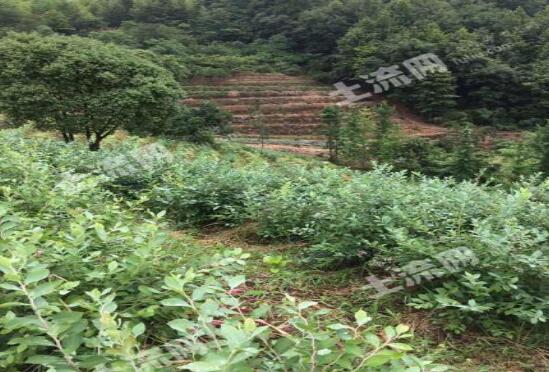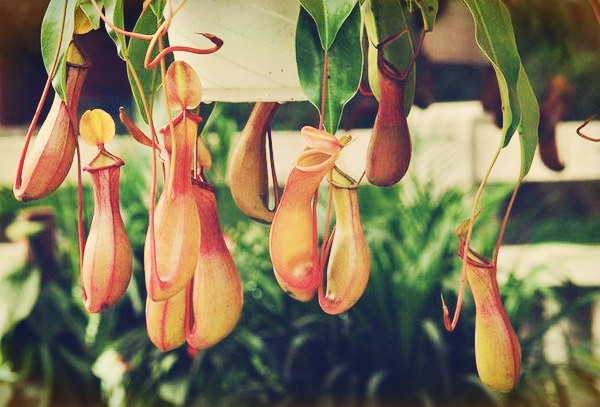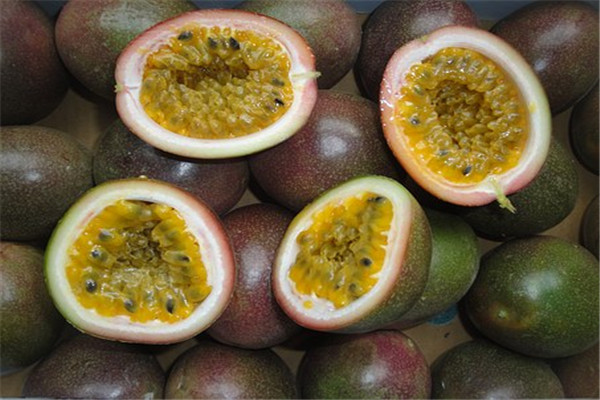How big is the land area of Jindong District and Wucheng District of Jinhua City? What kind of plants are suitable for making money?
Jinhua, a prefecture-level city under the jurisdiction of Zhejiang Province, is bordered by Taizhou to the east, Lishui to the south, Quzhou to the west, Shaoxing and Hangzhou to the north. It has jurisdiction over two municipal districts of Wucheng District and Jindong District, four county-level cities of Lanxi City, Yiwu City, Dongyang City and Yongkang City, and three counties of Wuyi County, Pujiang County and Panan County. It is a national historical and cultural city and one of the top ten livable cities in China. How big is the land area of Jindong District and Wucheng District of Jinhua City? What kind of plants are suitable for making money?

Land area of Jinhua: 10942 square kilometers
Jinhua spans 129km from north to south and 151km from east to west, with a total land area of 10942 square kilometers. The urban area is located at the confluence of Dongyang River, Wuyi River and Jinhua River, with an area of 2044.7 square kilometers. Jinhua City is located in the eastern part of Jinqu Basin, which is a hilly basin in central Zhejiang, with high topography in the north and south and low in the middle. "surrounded by mountains on three sides and sandwiched with one river, the basin is interlaced with three rivers" is the basic feature of Jinhua geomorphology. There are Dapan Mountain and Huaiji Mountain in the east and northeast, Xianxia Ridge in the south, Longmen Mountain and Ganligang Mountains in the north and northwest. The area has a subtropical monsoon climate. The general characteristics are four distinct seasons, moderate annual temperature, rich heat, rich rainfall, and obvious dry and wet seasons. The temperature in spring rises quickly, but the temperature varies. Rain Water is concentrated in late spring and early summer, sometimes with hail gale; summer is long and hot, and rain and heat rise synchronously, often with drought; autumn is cool, the air is moist, and the time is short; winter is sunny, cold and dry, and the atmosphere is stable. The annual rainfall is abundant, but the seasonal and interannual variation and regional differences of rainfall are very large. The distribution of seasonal rainfall shows a single peak, which is more in spring, more in plum and less in summer, autumn and winter.
Land area of Jindong District: 661.8 square kilometers
Jindong District was established in February 2001. it now has jurisdiction over 8 towns, 1 township and 2 streets with a total area of 661.8 square kilometers. as of December 31, 2005, Jindong District has jurisdiction over 2 streets, 8 towns and 1 township: Duohu Street and Dongxiao Street; Xiaoshun Town, Fucun Town, Caozhai Town, Lipu Town, Lingxia Town, Jiangdong Town, Tangya Town, Chisong Town; Yuandong Xiang. The topography of Jindong District is high in the north and south and low in the middle. The north is stretched by Jinhua Mountain, which is mostly between 500 and 900 meters above sea level, and Luoyujian on the boundary of Lanxi City. It is the highest point in the country at 890 meters above sea level, and slowly descends to the south into a low hill and shallow hill. The south is extended by the remaining veins of Xianxialing, alternating between low mountains, shallow hills and valleys and plains. The lower reaches of the Yiwu River and Wuyi River and their tributaries in the central part are alluvial plains. It belongs to subtropical monsoon climate, the annual average temperature is about 17 ℃, the average temperature in July is 29 ℃, and the average temperature in January is about 4.8 ℃. The average annual precipitation is between 1300 and 1400 mm.
Land area of Wucheng District: 1387.88 square kilometers
Wucheng District, an ancient historical and cultural city of Jinhua, Zhejiang Province, is the central city of Jinhua City and the political, cultural and commercial center of Jinhua City. The total land area is 1387.88 square kilometers, of which the urban area is 43 square kilometers, with a total population of 761700. It is the economic and cultural center of the central and western regions of Zhejiang. The terrain is high in the southwest and northeast, which is extended by Xianxialing and Jinhuashan respectively, with many medium and low mountains, and the Xiaojin bamboo tip, which is 1336 meters above sea level on the boundary of Suichang County, is the highest point in the country. The middle and north are alternating topography of low hills, shallow hills and plains. Yasu, a town of Bailongqiao, is the lowest point in the region at 31 meters above sea level. The area has a subtropical monsoon climate with four distinct seasons, moderate temperature, rich heat and abundant rainfall.
What kind of plants are suitable for growing in this area to make money?
Jinhua belongs to the subtropical evergreen broad-leaved forest zone in the vegetation division. There are more than 1500 species of plant resources, including 440 forest tree species, more than 300 herbaceous plants and more than 800 crop variety resources. There are 11 rare tree species under national key protection, including ginkgo biloba, gold and silver pine, Liriodendron mandshurica, Magnolia officinalis, fragrant fruit tree, sandalwood, Zhejiang nan, semi-maple lotus, flower palm, Tianzhu cinnamon and short-spike bamboo. The volume of forest standing trees is 12.798 million cubic meters, accounting for 11.6% of the whole province.
There are hundreds of kinds of wild fiber, starch sugars, oilseeds, tanning materials, aromatic oil plants and woody medicinal materials with high economic value.
There are more than 400 kinds of food crops, such as rice, wheat, beans, potatoes, sorghum, millet and so on.
The main cash crops are cotton, oil, sugar cane, melons, vegetables, tea, fruits, sericulture, medicinal materials, flowers and Ramie, mat grass, lotus seeds, chestnut, Torreya grandis and so on, including sugarcane and green jujube in Yiwu, Xihu honey pear, Xuanlian, rice kernel in Wuyi, tallow, big green bean in Lanxi, peach-shaped plum in Pujiang, bergamot and rock-lifting tea in Jinhua, Dongbai tea and mat grass in Dongyang. Atractylodes macrocephala Koidz, Radix Paeoniae Alba, Yuanhu, Yuanshen, five-finger ginger and cauliflower in Dongyang and Panan are local high-quality varieties.
In addition, excellent varieties such as Fujiminori grape, fruit mulberry, strawberry, navel orange, Chaofengzao No. 1 rice, Simian No. 3 cotton, colored cotton, Spring and Autumn 54 cabbage and Agaricus blazei Murrill edible fungi were introduced.
Therefore, it is suggested that according to the existing local varieties, we can choose to grow rice, wheat, legumes, potatoes, sorghum, millet and other food crops; cotton, oil, sugar cane, melons, vegetables, tea, fruits, sericulture, medicinal materials, flowers and Ramie, mat grass, lotus seeds, chestnuts, Torreya grandis and other cash crops.
Time: 2019-03-24 Click:
- Prev

Is the vase plant pitcher plant? What does it look like? How do you raise it?
In the countryside, there is a flower shaped like a bottle. Is it a pitcher plant? What does it look like? How do you raise it? Pitcher plant is the general name of all species of pitcher plant. It belongs to tropical insectivorous plants, and its origin is mainly in the tropics of the old world. It has a unique organ trap for absorbing nutrients, which is cylindrical in shape.
- Next

When will passion fruit be planted? How long can it blossom and bear fruit? How to plant it?
Passion fruit, also known as egg fruit, is a herbaceous vine of the genus Passiflora of Passifloraceae. It has a flowering period of June and a fruiting period of November. The flowers are large and beautiful without fragrance and can be used as garden ornamental plants. The fruit can be eaten raw or used as vegetable or fodder, and the medicine has the effect of excitement and strength, in other parts of China.
Related
- Fuxing push coffee new agricultural production and marketing class: lack of small-scale processing plants
- Jujube rice field leisure farm deep ploughing Yilan for five years to create a space for organic food and play
- Nongyu Farm-A trial of organic papaya for brave women with advanced technology
- Four points for attention in the prevention and control of diseases and insect pests of edible fungi
- How to add nutrient solution to Edible Fungi
- Is there any good way to control edible fungus mites?
- Open Inoculation Technology of Edible Fungi
- Is there any clever way to use fertilizer for edible fungus in winter?
- What agents are used to kill the pathogens of edible fungi in the mushroom shed?
- Rapid drying of Edible Fungi

